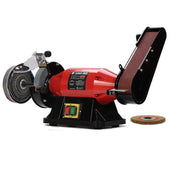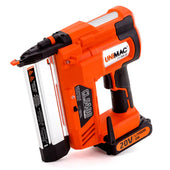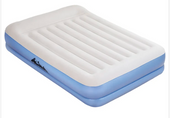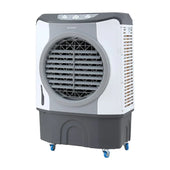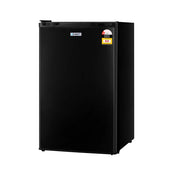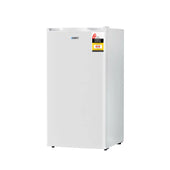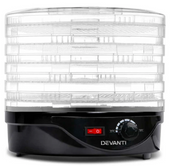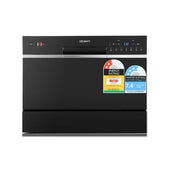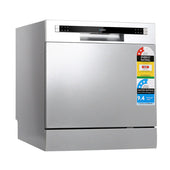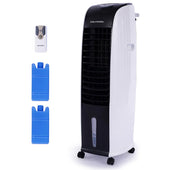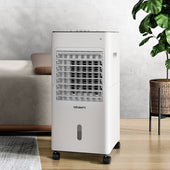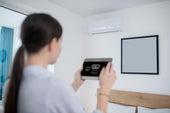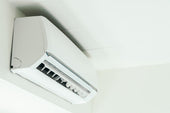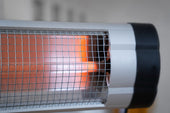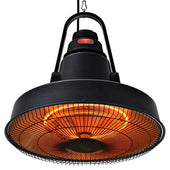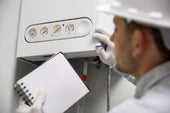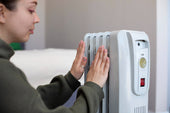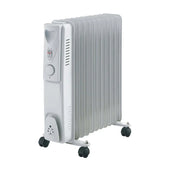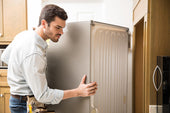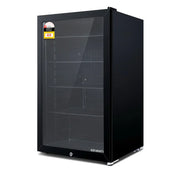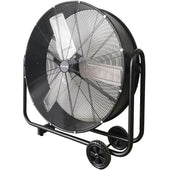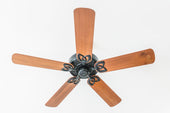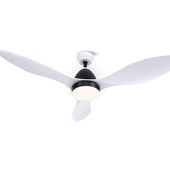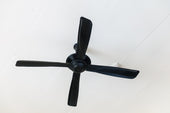Understanding Modern Toilet Types and Features
Modern toilets come in a variety of styles, each offering unique benefits and design considerations. Understanding these types with insights from During Days is essential for effective installation and functionality.
- Two-Piece Toilets: These are the most common, with separate tank and bowl components. They are easy to repair and maintain.
- One-Piece Toilets: Featuring a seamless design, they are compact, easier to clean, and ideal for modern aesthetics.
- Wall-Mounted Toilets: These space-saving options require a concealed tank and provide a sleek, minimalist look.
- Smart Toilets: Equipped with advanced features like bidets, seat warmers, and touchless flushing for enhanced convenience.
- Eco-Friendly Options: Dual-flush toilets and low-flow models conserve water, making them environmentally friendly.
Each type can include features such as soft-close lids, elongated bowls, or comfort-height designs, ensuring suitability for diverse needs.
Tools and Materials Required for Installation
Installing a modern toilet requires a combination of basic tools and essential materials to ensure a seamless process. Here is a comprehensive list:
Tools:
- Adjustable spanner: To tighten bolts and nuts.
- Screwdriver set: Useful for securing screws in different components.
- Tape measure: Ensures accuracy when aligning the toilet.
- Spanner or wrench: Aids in disconnecting or fitting water supply lines.
- Putty knife: Helps in removing old wax residue from the flange.
- Bucket and sponge: For cleaning up spills or leftover water.
- Level: Confirms proper toilet alignment to prevent wobbling.
Materials:
- Wax ring or toilet seal: Ensures a watertight seal during installation.
- Toilet flange bolts: Secures the toilet to the floor.
- Flexible water supply line: Connects the toilet to the water system.
- Plumbers’ tape: Prevents leaks in threaded connections.
- Caulk: Seals the base of the toilet for stability and hygiene.
Having these tools and materials on hand will significantly streamline the installation process.
Preparing Your Bathroom Space
To begin, turn off the water supply to the toilet by closing the shut-off valve, typically located behind the unit. Flush the existing toilet to drain the tank and bowl completely. Remove any remaining water with a sponge or towel to avoid spillage. Next, detach the water supply line using an adjustable wrench.
Unbolt the old toilet from the floor, carefully lifting it off to expose the flange. Inspect the flange for damage, ensuring it’s clean and intact. Cover the drain with a rag to block sewer gases. Clear the space around the installation site, ensuring it is clean and accessible.
Removing the Old Toilet Safely
To begin, turn off the water supply by locating the shut-off valve near the base of the toilet. Flush the toilet to drain the tank and bowl completely, then use a sponge or towel to soak up any remaining water. Disconnect the water supply line by unscrewing it from the base of the tank. Next, remove the toilet’s bolts, which are usually secured to the floor with caps; use a wrench to loosen them. Carefully lift the toilet straight up, keeping it upright to avoid spillage. Seal the exposed drain pipe with a rag to block sewer gases. Ensure proper ventilation during removal.
Inspecting and Cleaning the Drainage Pipes
Before installing a modern toilet, it is essential to assess the condition of the drainage pipes to ensure proper function. Begin by removing any debris or old sealant from the flange area and inspecting it for cracks or damage.
Use a flashlight to check for obstructions within the pipe. If clogs are present, clear them using a plumbing snake or auger. For thorough cleaning, flush the pipe with a mix of hot water and white vinegar to dissolve any build-up.
Verify that the flange is at the correct height for the new toilet model. If necessary, repair or replace damaged components.
Installing the Toilet Flange and Wax Ring
To install the toilet flange correctly, first position the flange on the waste pipe, ensuring it sits flush with the floor. Secure the flange tightly to the floor using screws, aligning its bolt slots parallel to the wall for proper toilet fitting. This ensures toilet bolts stay upright and firmly in place.
Next, prepare the wax ring, which seals the toilet to the flange and prevents leaks. Press the wax ring firmly onto the base of the toilet’s outlet (the horn) or centre it directly on the flange. Ensure it is evenly positioned to create a watertight connection during installation. Transition to placing the toilet carefully over the flange.
Placing and Securing the Toilet Bowl
- Positioning the Bowl: Carefully lower the toilet bowl onto the flange, aligning the bolt holes with the floor bolts. Ensure the wax ring remains intact and properly seated to prevent leaks.
- Seating the Bowl: Gently press down on the bowl to secure the wax ring. Avoid rocking or excessive movement, as this can compromise the seal. Check that the bowl is level before proceeding further.
- Securing the Bolts: Place washers and nuts onto the bolts. Tighten them incrementally using a wrench, alternating sides to achieve balanced pressure. Do not overtighten, as this may crack the porcelain.
- Covering the Hardware: Snap on the decorative bolt caps provided. This maintains a clean aesthetic and protects against accidental removal or damage.
Connecting the Water Supply Line
- Attach the Line to the Toilet Tank: Locate the inlet on the toilet’s tank, usually found underneath. Securely connect one end of the flexible water supply line to this inlet by threading the coupling nut onto it by hand. Avoid overtightening to prevent damage.
- Connect to the Shutoff Valve: Attach the other end of the supply line to the shutoff valve on the wall or floor. Thread this connection by hand initially, then use an adjustable wrench for a snug fit without over-tightening.
- Check Alignment: Ensure the supply line is straight and not kinked. Kinks can restrict water flow or cause leaks.
- Turn On the Water: Slowly open the shutoff valve to let water flow into the toilet tank. Observe the connections for any potential leaks.
- Test the Flushing System: Flush the toilet several times to confirm proper water flow and a leak-free setup. Tighten if needed.
Attaching the Toilet Tank and Cover
- Position the Tank: Align the toilet tank over the bowl, ensuring the rubber gasket at the bottom of the tank fits securely into the bowl's inlet. Verify that the bolt holes on both the tank and bowl are properly aligned.
- Secure the Bolts: Insert the tank bolts through the holes, placing washers on both sides for a proper seal. Tighten the nuts underneath, alternating sides to prevent uneven pressure. Avoid overtightening to reduce the risk of cracking the porcelain.
- Attach the Water Supply Line: Connect the water supply hose to the tank's fill valve. Hand-tighten the coupling nut, then give an additional slight turn for a snug fit.
- Install the Tank Cover: Place the cover gently onto the tank, ensuring it sits flush. This step completes the tank assembly and keeps the inner components concealed.
- Test for Stability: Press gently on the tank to confirm it is securely attached and does not wobble.
Testing the Flush and Checking for Leaks
After connecting the water supply, the installer should turn on the water valve gradually to allow the tank to fill. Observe the water flow, ensuring it enters the tank without disruptions. Once the tank fills to the recommended level, test the flush mechanism by pressing the flush lever or button. Monitor the flush strength and flow to confirm it cleans the bowl efficiently. During this process, inspect all connections, especially around the base and water supply lines, for signs of leaks. Tighten loose connections carefully if needed. Observe for consistent operation and listen for unusual noises indicating potential issues.
Final Touches and Maintenance Tips for Modern Toilets
- Check for Leaks: Gently tighten connections to prevent leakage. Use tissue around joints to detect any water escaping.
- Adjust Water Level: Fine-tune the fill valve for optimal water height. A proper level ensures efficient flushing and avoids wastage.
- Secure the Toilet Seat: Attach the seat securely using the provided screws. Ensure it is aligned for comfort and proper use.
- Caulk the Base: Apply a bead of caulk around the toilet’s base to stabilise it and prevent water seepage onto the floor.
- Regular Cleaning: Use non-abrasive cleaners to maintain glaze and prevent build-up of stains.
Consistency in maintenance prolongs the life of modern toilets.


